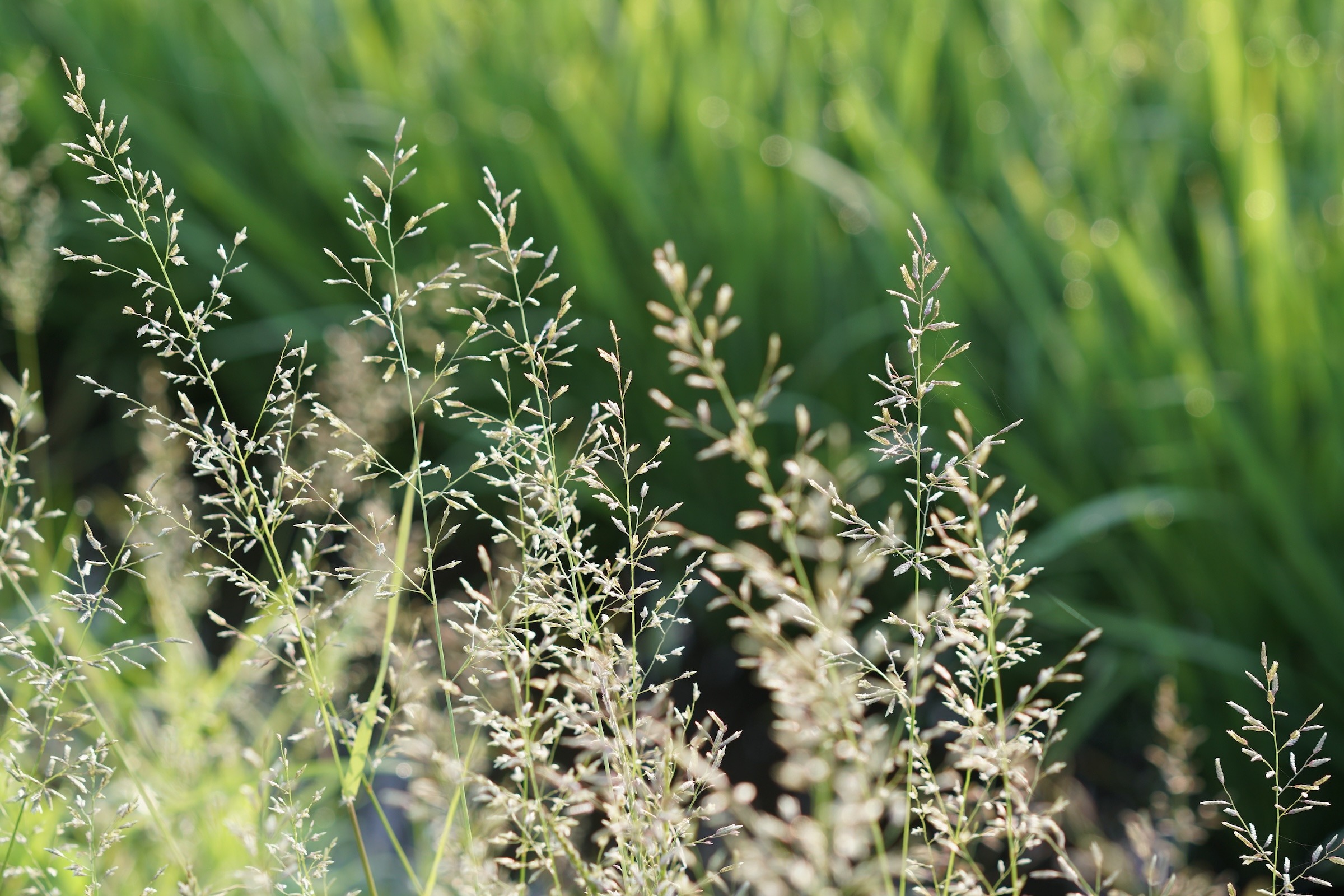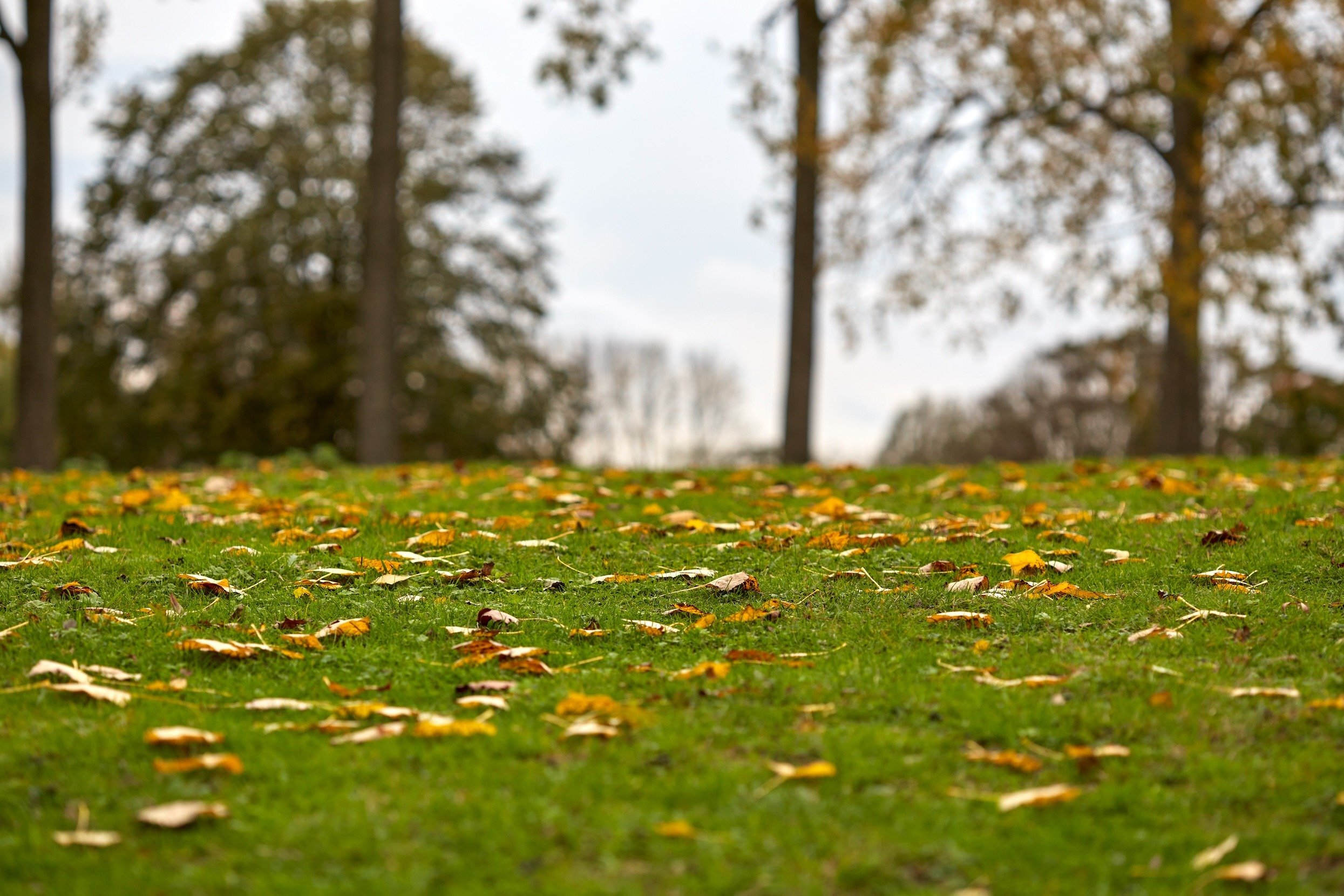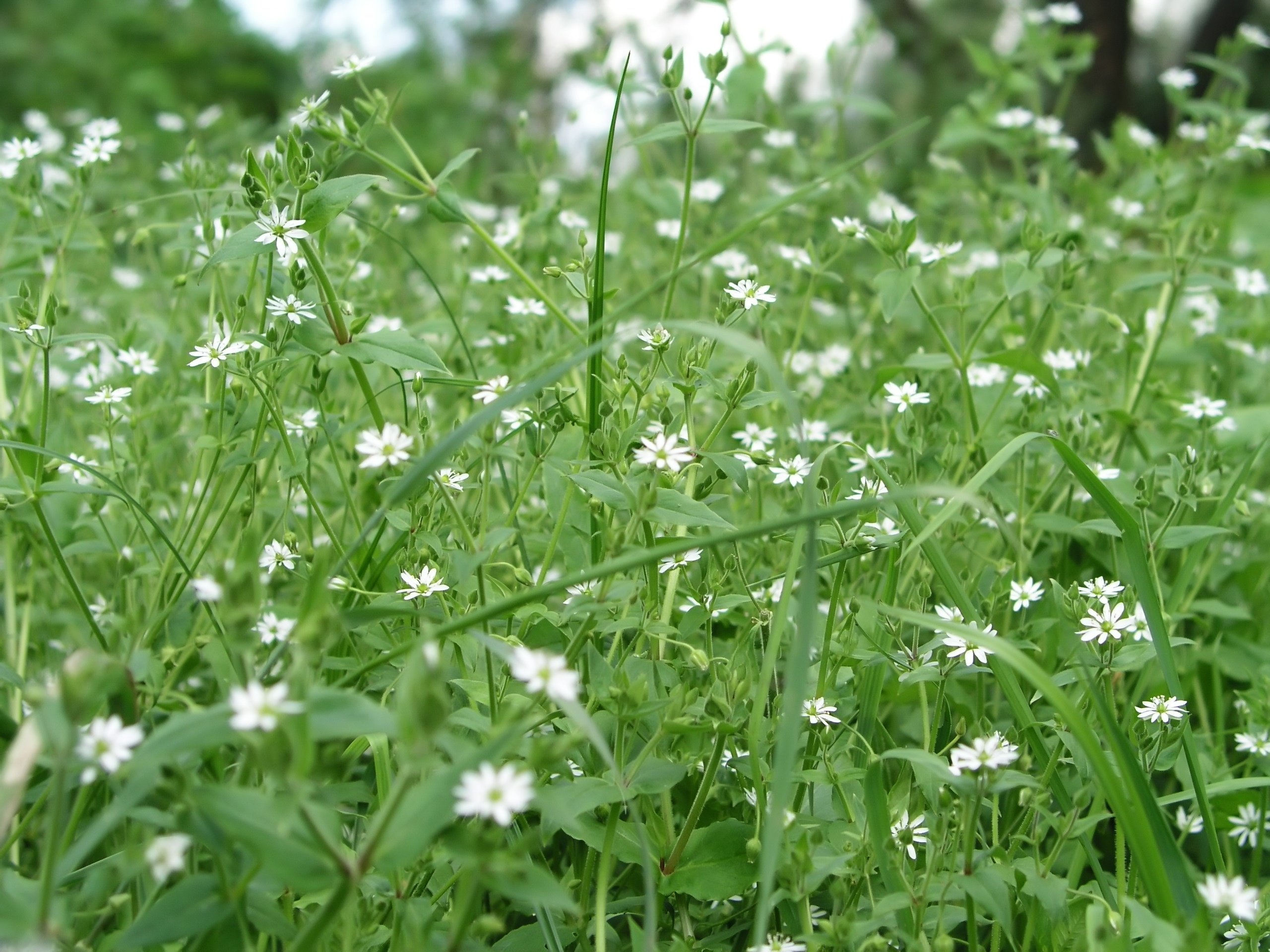Weed It and Reap: Your Fall Weed Guide
When summer fades and cooler weather sets in, many homeowners mistakenly believe their lawn care routine can take a backseat. However, fall is a...
1 min read
Savanna Fiegl
:
4/2/25 10:28 AM

If you’ve ever noticed patches of lighter green, fine-bladed grass creeping into your lawn, you may have encountered Poa annua, also known as annual bluegrass. This common yet pesky grassy weed can be a real headache for homeowners and turf managers alike. While it may seem harmless, Poa annua can quickly take over your yard if left unchecked. Here’s what you need to know about this invasive grass.
Poa annua is a winter annual weed that thrives in cool, moist conditions. It germinates in the fall, grows through the winter and spring, and then produces seed before dying off in the summer heat. Unfortunately, it leaves behind thousands of seeds that can sprout the following season, leading to an ongoing battle.
Identifying Poa annua is relatively easy. It has:
A lighter green color compared to most turfgrasses
Fine, soft, and shallow root systems
A bunch-type growth habit (it doesn’t spread via rhizomes or stolons)
Small, white seed heads that appear even at low mowing heights
Despite its delicate appearance, Poa annua is a relentless competitor. Here’s why it’s a nuisance:
Weakens Your Lawn: It competes with your desired grass, stealing nutrients, water, and space.
Produces Tons of Seeds: One plant can produce thousands of seeds, ensuring its return year after year.
Poor Heat Tolerance: It dies off in summer, leaving unsightly brown patches in your lawn.
Attracts Disease: Poa annua is susceptible to turf diseases like anthracnose and dollar spot, which can further damage your lawn.
Poa annua may be small, but it’s a mighty nuisance in lawns across the country. This sneaky little weed pops up in cool-season months and can quickly take over if left unchecked. Its bright green color and clumpy growth stand out like a sore thumb against your healthy turf, and once it starts spreading, it’s tough to stop.
The best way to deal with Poa annua? Stay proactive! Early detection and the right treatment can keep it from becoming a bigger problem.
If you spot this weed in your yard, it's best to take action immediately. Call us if you have any questions, we’re happy to help!

When summer fades and cooler weather sets in, many homeowners mistakenly believe their lawn care routine can take a backseat. However, fall is a...

When winter arrives, many assume that lawn care can take a backseat. However, certain weeds, like chickweed, thrive in the cooler months and can...

Henbit (Lamium amplexicaule) is a common winter annual weed that thrives in cool, moist conditions. While its small, purple flowers may seem...